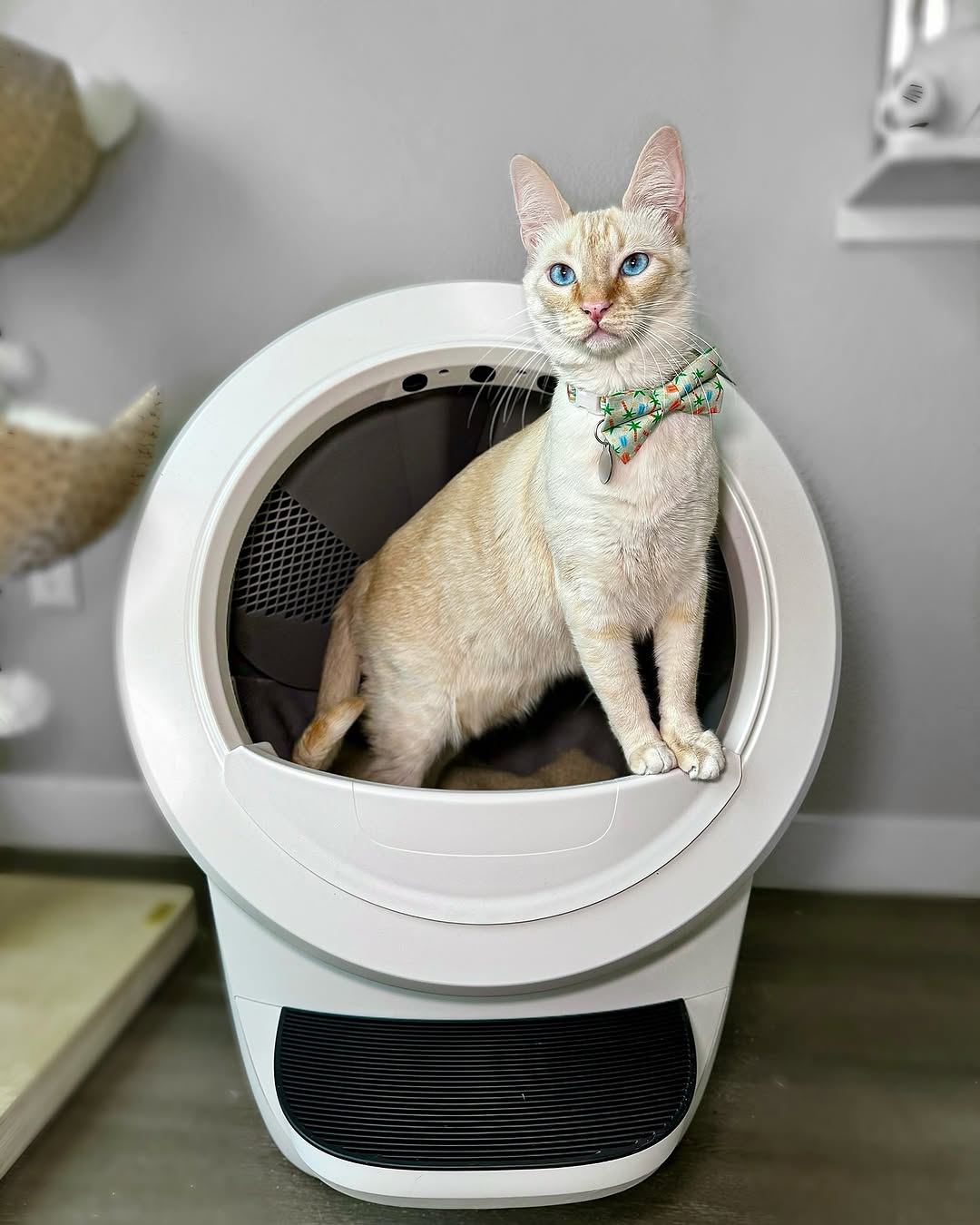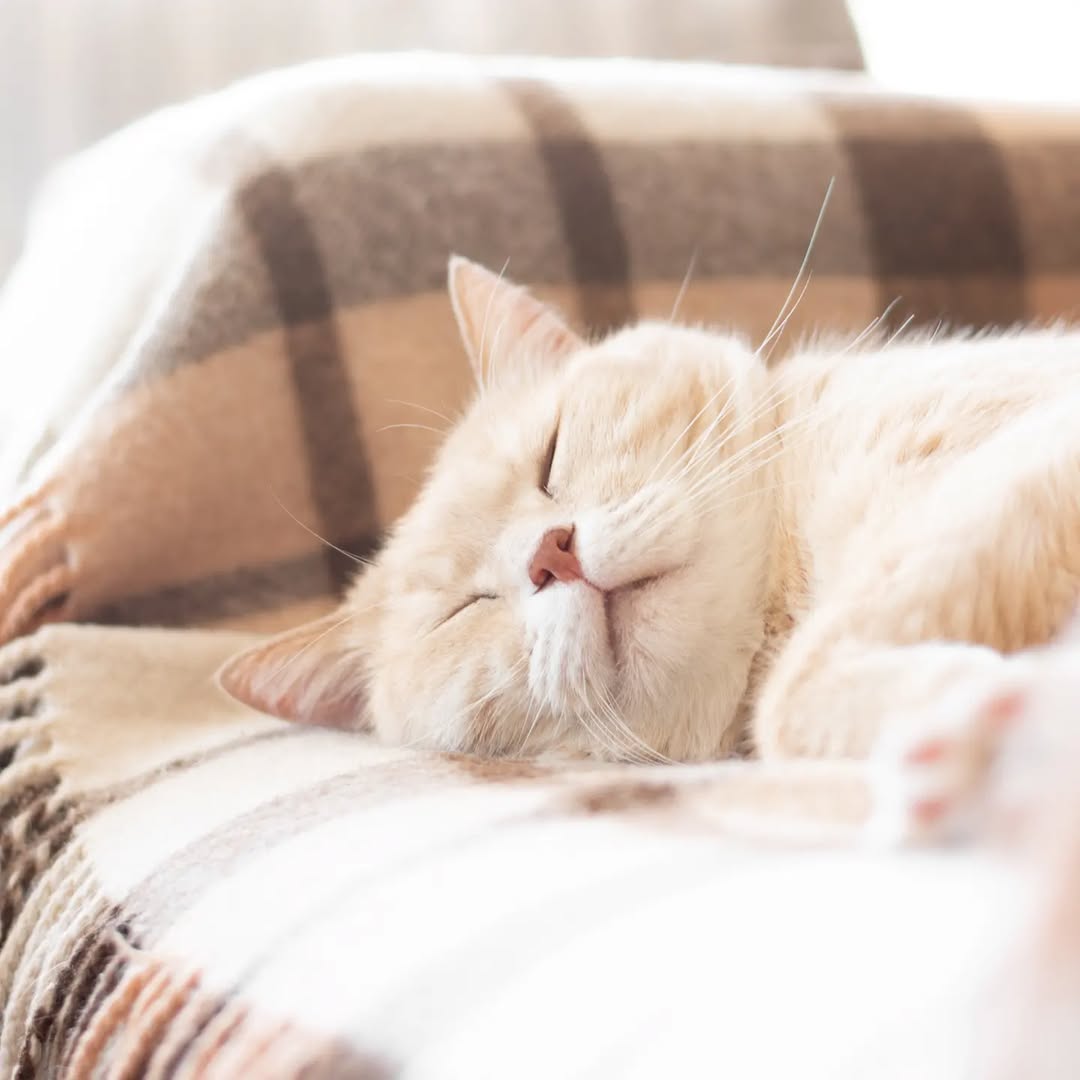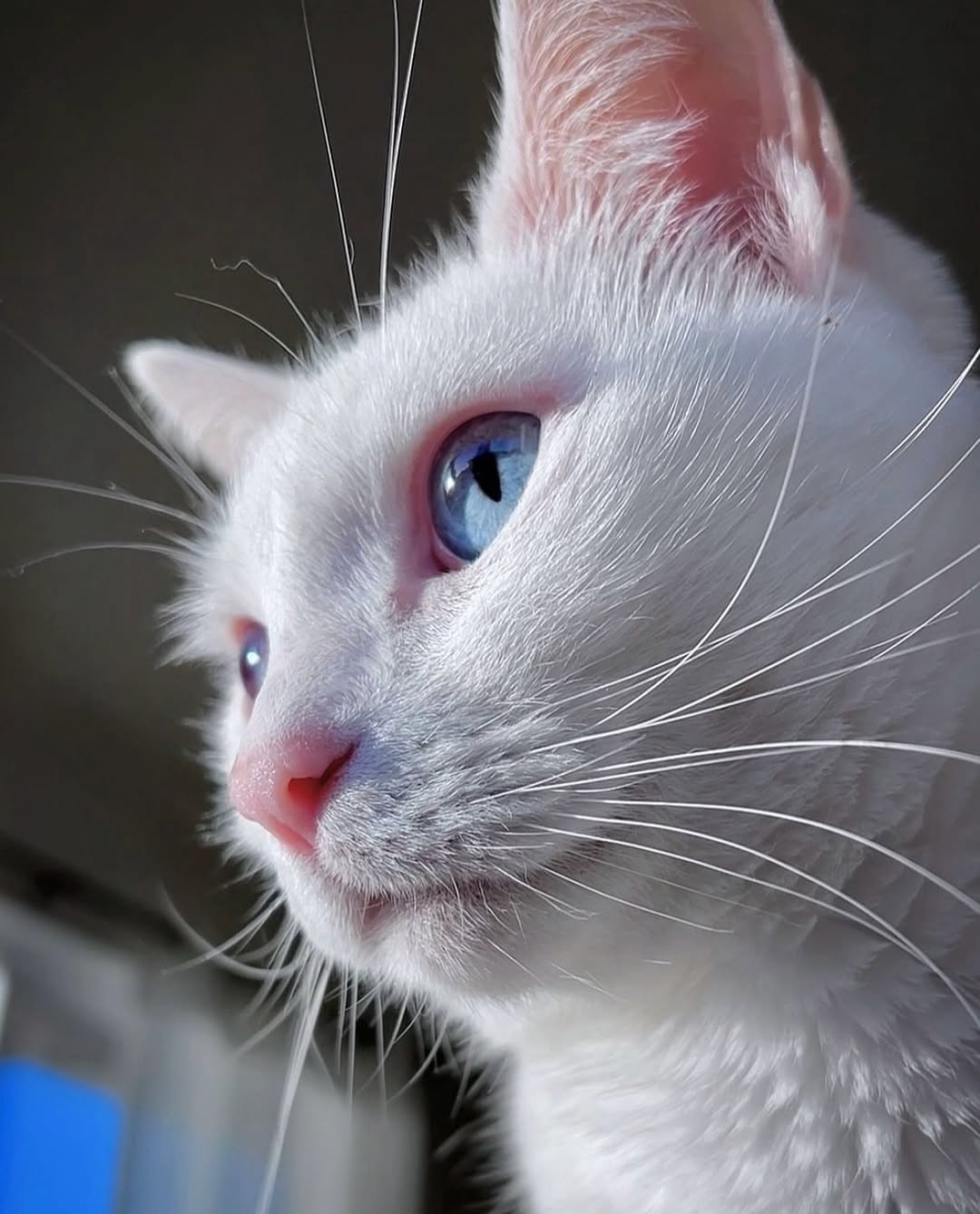Cats are fascinating creatures with extraordinary brains that contribute to their quirky behaviors and incredible abilities. Behind every playful pounce, curious head tilt, or moment of quiet observation lies a complex mind at work.
Their brains are packed with unique features that make them both mysterious and endearing companions. From their memory to their mood swings, these facts will give you a deeper appreciation for your feline friend’s unique brainpower.
1. Cats’ brains are more like ours than you think

Believe it or not, a cat’s brain is about 90% similar to a human brain in terms of structure. The way their neurons are arranged and how they function mirrors ours in many ways. This resemblance explains why cats can exhibit human-like traits such as problem-solving, curiosity, and even emotional responses.
Their brain folds are also strikingly complex, contributing to their intelligence. So, the next time your cat gives you “the look,” just know they might be pondering life just like you.
2. Cats’ brains process information faster than dogs’

Cats are known for their lightning-fast reflexes, and their brains play a huge role in this. The feline brain processes information at a speed that’s about 1.5 times faster than a dog’s brain. This quick-thinking ability is why cats are such incredible hunters, capable of pouncing on prey with pinpoint accuracy.
It’s also why they seem to anticipate your next move during playtime. Don’t underestimate their mental speed—they’re always one paw ahead.
3. Cats have a photographic memory—well, sort of

Cats possess an incredible ability called eidetic memory, which allows them to recall certain visuals and experiences vividly. While their memory isn’t perfect, they can remember places, people, and events for a surprisingly long time.
This is why your cat might instantly recognize an old toy or shy away from the vet’s office, even if years have passed. Their memory is especially sharp when it comes to food or anything that provides pleasure. So, if you ever wonder how your cat remembers the treat drawer, now you know!
4. Cats dream, just like humans do

Ever noticed your cat twitching or making little noises while sleeping? That’s because they’re dreaming! Cats experience REM (rapid eye movement) sleep, the phase associated with dreams in humans.
During this stage, their brains replay experiences, which might explain why they appear to chase invisible mice in their dreams. This also suggests that cats, like humans, process emotions and memories while snoozing. Perhaps they’re dreaming of their favorite sunlit nap spot or plotting their next stealthy move.
5. Cats’ whiskers are their brain’s secret weapon

A cat’s whiskers are deeply connected to their brain’s sensory processing centers. These specialized hairs act like antennae, helping cats gather information about their surroundings.
The base of each whisker is packed with nerve endings, sending detailed signals to the brain about textures, distances, and even air currents. This sensory input is why cats can navigate tight spaces or detect subtle changes in their environment. Essentially, whiskers are like an extension of their brain!
6. Cats can “read” your emotions

Your cat might not speak your language, but their brain is fine-tuned to pick up on your emotions. They can detect changes in your tone of voice, body language, and even facial expressions.
Studies suggest cats can sense when you’re stressed or sad, which is why they often come to comfort you at just the right time. Their ability to empathize is rooted in their survival instincts—they rely on their social bonds for safety and support.
So, when your cat curls up next to you, it might just be their way of saying, “I’ve got you.”
7. Cats have an instinct for survival

The feline brain is hardwired for survival, which explains many of their peculiar behaviors. For example, their tendency to hide when unwell is a natural defense mechanism to avoid predators. Similarly, their obsessive grooming helps mask their scent, reducing the risk of being detected by potential threats.
Their brains are also hyper-alert to danger, making them quick to flee or fight when startled. This survival instinct is why cats are so adaptable, whether in the wild or on your couch.
8. Cats’ brains are wired for play

Playtime isn’t just fun for cats—it’s a vital part of their brain development. From a young age, their brains are programmed to associate play with learning essential survival skills like hunting and stalking. Even in adulthood, playful behavior helps keep their minds sharp and stimulated.
Toys that mimic prey activate their hunting instincts, engaging the same brain regions used in the wild. So, the next time you dangle a feather toy, know that you’re helping your cat exercise their brilliant brain.
9. Cats’ brains are tiny but mighty

While a cat’s brain makes up just 0.9% of their body weight (compared to 2% for humans), it’s incredibly efficient. Their compact brains boast a dense network of neurons, especially in the cerebral cortex—the area responsible for decision-making, problem-solving, and learning.
In fact, cats have about 300 million neurons, significantly more than dogs. This neural density is what gives them their reputation for intelligence and cunning behavior. Size, as they say, isn’t everything!
10. Cats are masters of spatial awareness

A cat’s brain is finely tuned to understand spatial relationships, making them excellent at navigating their surroundings. This ability is why they rarely knock over obstacles when leaping across furniture or slipping through tight spaces.
Their spatial skills also help them gauge whether they can fit into a box or onto a perch. It’s as if they carry a mental map of their environment, constantly updating it as they explore. This brainpower makes them the acrobats of the animal kingdom.
11. Cats can feel time in their own way

While cats don’t understand time as we do, their brains are excellent at recognizing patterns. They quickly learn routines, such as feeding schedules, and may even anticipate your return home based on environmental cues.
Their internal clocks are so sharp that some cats will wake you up at the same time every day without fail. This ability is tied to their survival instincts, as timing is crucial for hunting and safety in the wild. So, your cat’s punctuality is more than just an annoyance—it’s brainpower in action.
12. Cats are neurologically equipped to be independent

The feline brain is designed for self-reliance, a trait that has been fine-tuned over thousands of years. Unlike dogs, cats don’t rely heavily on social hierarchies or pack behavior. Their brains prioritize individual problem-solving skills and adaptability, making them experts at fending for themselves.
This independence doesn’t mean they don’t care about you—it’s simply how their minds are wired. It’s this blend of autonomy and affection that makes cats such intriguing companions.
13. Cats have a “sixth sense” for danger

Cats’ brains are exceptionally good at processing subtle sensory inputs that humans might overlook. This heightened perception gives them what many call a “sixth sense,” allowing them to detect danger before it becomes apparent.
For example, they can sense earthquakes through vibrations or detect changes in weather patterns. Their acute senses of hearing and smell feed directly into their brains, enhancing this ability. This is why your cat might act strangely before a storm—they’re picking up on things you can’t.
14. Cats’ brains reward them for hunting

The act of hunting releases dopamine in a cat’s brain, giving them a burst of satisfaction and pleasure. This is why even well-fed indoor cats still have the urge to stalk, pounce, and chase. Their brains are hardwired to find joy in the hunt, as it’s a critical survival behavior in the wild.
Toys that mimic prey trigger this response, keeping your cat mentally engaged and content. It’s not just play—it’s brain chemistry at work.
15. Cats’ brains are wired for mystery

Cats often seem enigmatic, and that’s partly because their brains are wired to be cautious and curious at the same time. They approach new situations with a mix of exploration and wariness, a behavior rooted in their survival instincts.
This duality is why your cat might hide from a new visitor one moment and investigate them the next. Their brains constantly evaluate risk versus reward, making them masters of strategic decision-making. This blend of curiosity and caution adds to their allure.
16. Cats’ brains are wired for affection—on their terms

While cats are known for their independence, their brains are also capable of forming deep emotional bonds. The release of oxytocin, the “love hormone,” occurs when they interact with their favorite humans.
However, this affection is often displayed on their terms, reflecting their unique personalities and preferences. They may show their love through head bunts, purring, or simply sitting nearby. Understanding this aspect of their brains helps us appreciate their subtle ways of saying, “I care.”
17. Cats’ brains are constantly learning

A cat’s brain is always in learning mode, whether they’re figuring out how to open a cupboard or understanding your habits. Their ability to adapt and pick up new skills stems from their cognitive flexibility, a trait they’ve inherited from their wild ancestors.
They’re especially good at observing and mimicking behaviors that benefit them. This learning capability also explains why cats often outsmart their humans—much to our amusement (and occasional frustration). Never underestimate a cat’s capacity to learn and adapt!
